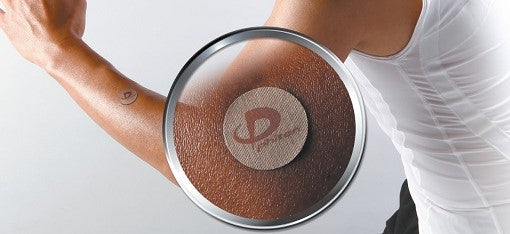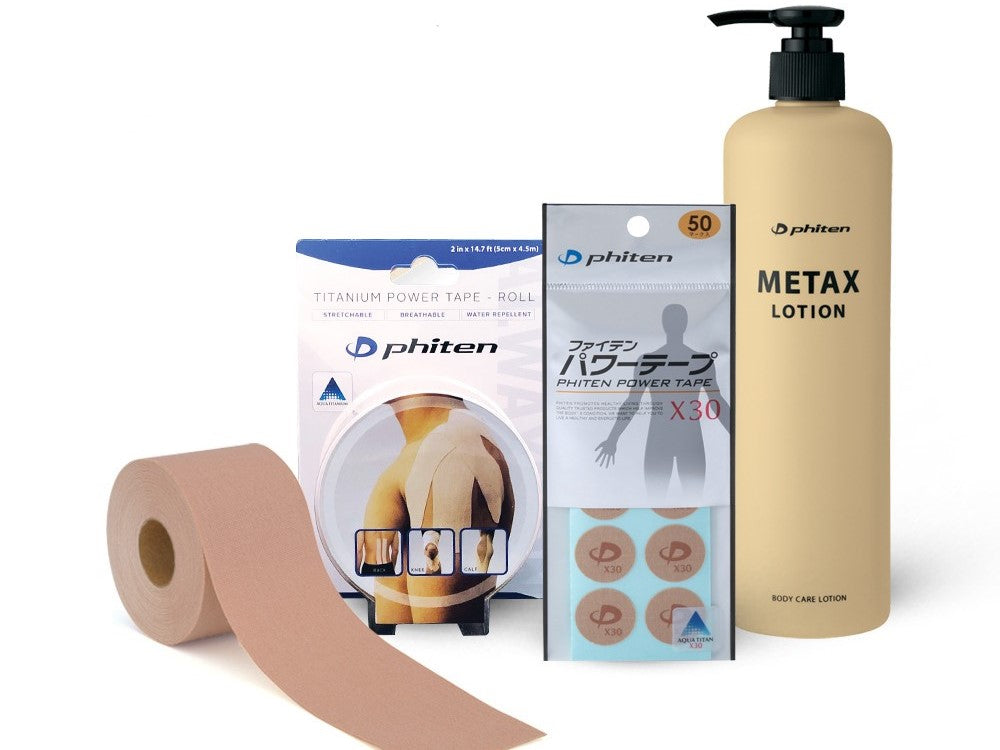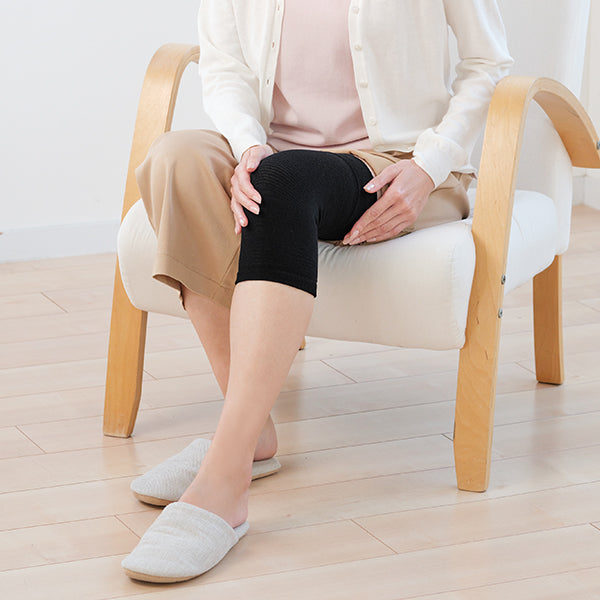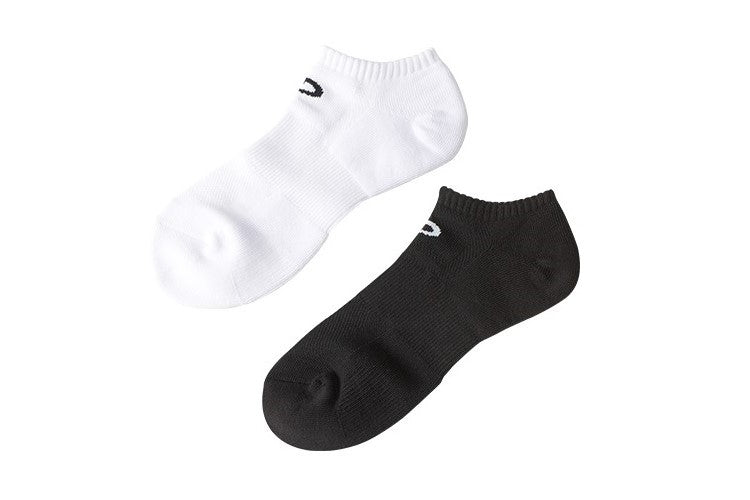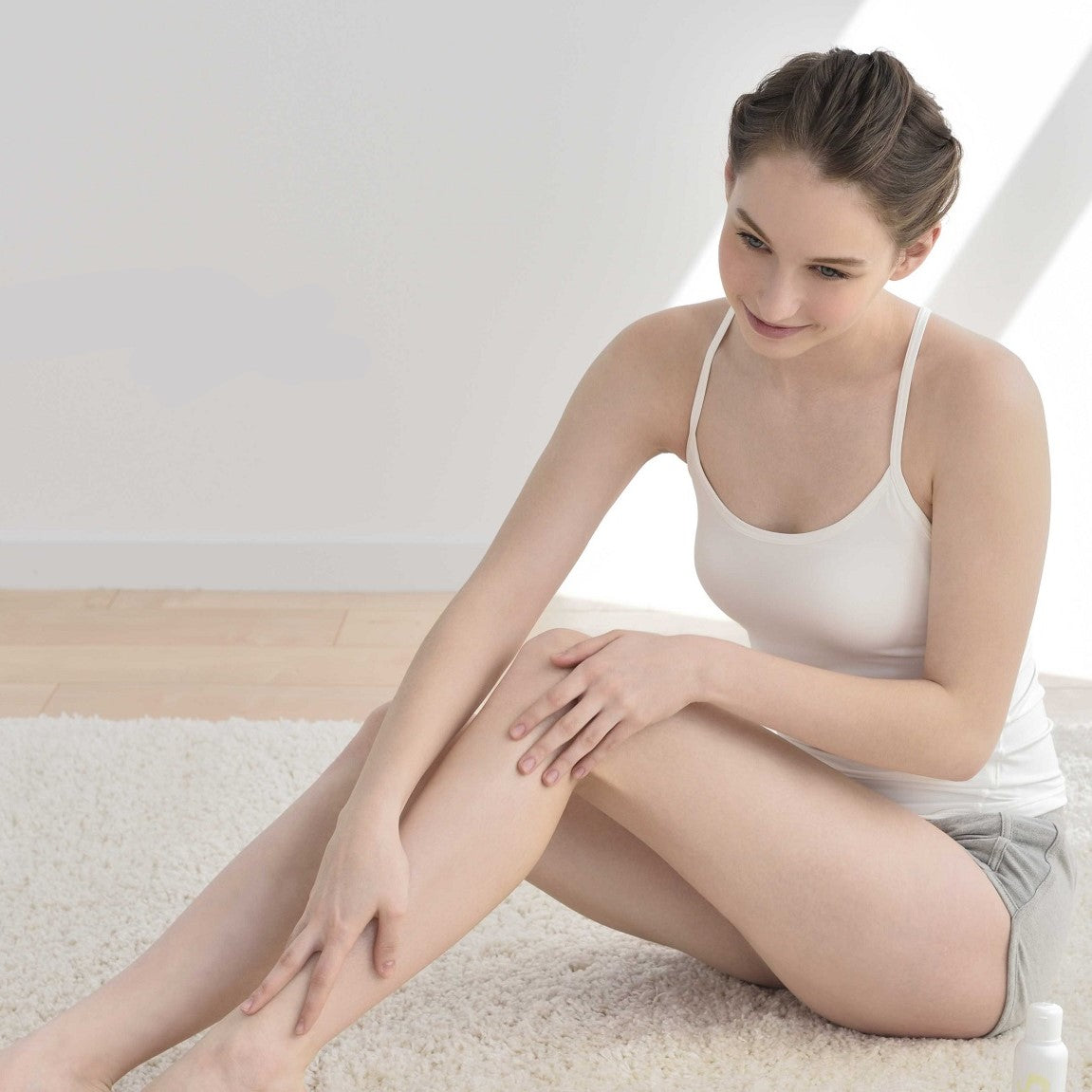STAY AHEAD OF THE PACK: UNDERSTANDING RUNNER'S KNEE, THE COMMON TRIGGER OF KNEE PAIN
At PHITEN, we are committed to helping you achieve your fitness goals and live a healthy, active lifestyle. As part of our ongoing series on common causes of knee pain, we want to shed light on a prevalent issue that many runners and athletes face: Runner's Knee.
Runner's Knee, also known as patellofemoral pain syndrome (PFPS), is a condition characterized by pain around the kneecap. It's a common ailment among runners and can also affect individuals engaged in activities that involve repetitive knee bending, such as cycling, hiking, and jumping.

Understanding the causes and symptoms of Runner's Knee is crucial in preventing and managing this condition effectively.
Let's take a closer look:
Causes of Runner's Knee:
1. Overuse and Training Errors: Excessive running or sudden increases in mileage without proper conditioning can strain the knee joint, leading to Runner's Knee.
2. Muscle Imbalances: Weakness or imbalance in the muscles around the knee, including the quadriceps, hamstrings, and hip muscles, can put added stress on the kneecap.
3. Poor Biomechanics: Abnormalities in gait or running form, such as overpronation (inward rolling of the feet), can contribute to misalignment and increased pressure on the knee joint.
4. Inadequate Footwear: Worn-out or ill-fitting shoes can fail to provide proper support and cushioning, leading to increased stress on the knees.
Signs and Symptoms of Runner's Knee:
1. Pain around or behind the kneecap, especially during activities like running, squatting, or descending stairs.
2. Aching or throbbing sensation after prolonged periods of sitting or inactivity.
3. Swelling or tenderness around the kneecap.
4. Grinding or popping sounds (crepitus) when moving the knee.
Prevention and Management Strategies:
1. Gradual Progression: Increase your running mileage and intensity gradually to allow your body to adapt and reduce the risk of overuse injuries like Runner's Knee.
2. Strengthening Exercises: Focus on strengthening the muscles around the knees, including the quadriceps, hamstrings, and hip muscles. Incorporate exercises like squats, lunges, and leg presses into your routine.
3. Proper Footwear: Invest in high-quality running shoes that provide adequate support and cushioning, and replace them regularly to ensure optimal shock absorption.
4. Cross-Training: Engage in activities that promote overall strength and flexibility, such as swimming, yoga, or cycling, to reduce strain on the knees and maintain balanced muscle development.
5. Warm-up and Cool-down: Prioritize dynamic stretching and warm-up exercises before running, and finish your workouts with a cool-down routine to promote muscle recovery and flexibility.
6. Rest and Recovery: Listen to your body and take rest days to allow for proper recovery. It's important to note that individual cases may vary, and if you experience persistent or worsening knee pain, consult a healthcare professional for an accurate diagnosis and tailored treatment plan.
Remember, Runner's Knee doesn't have to be a roadblock on your fitness journey. By incorporating preventive measures, listening to your body, and taking appropriate steps for treatment and management, you can keep running towards your goals with confidence.
Stay strong, stay active, and stay ahead of the pack!


